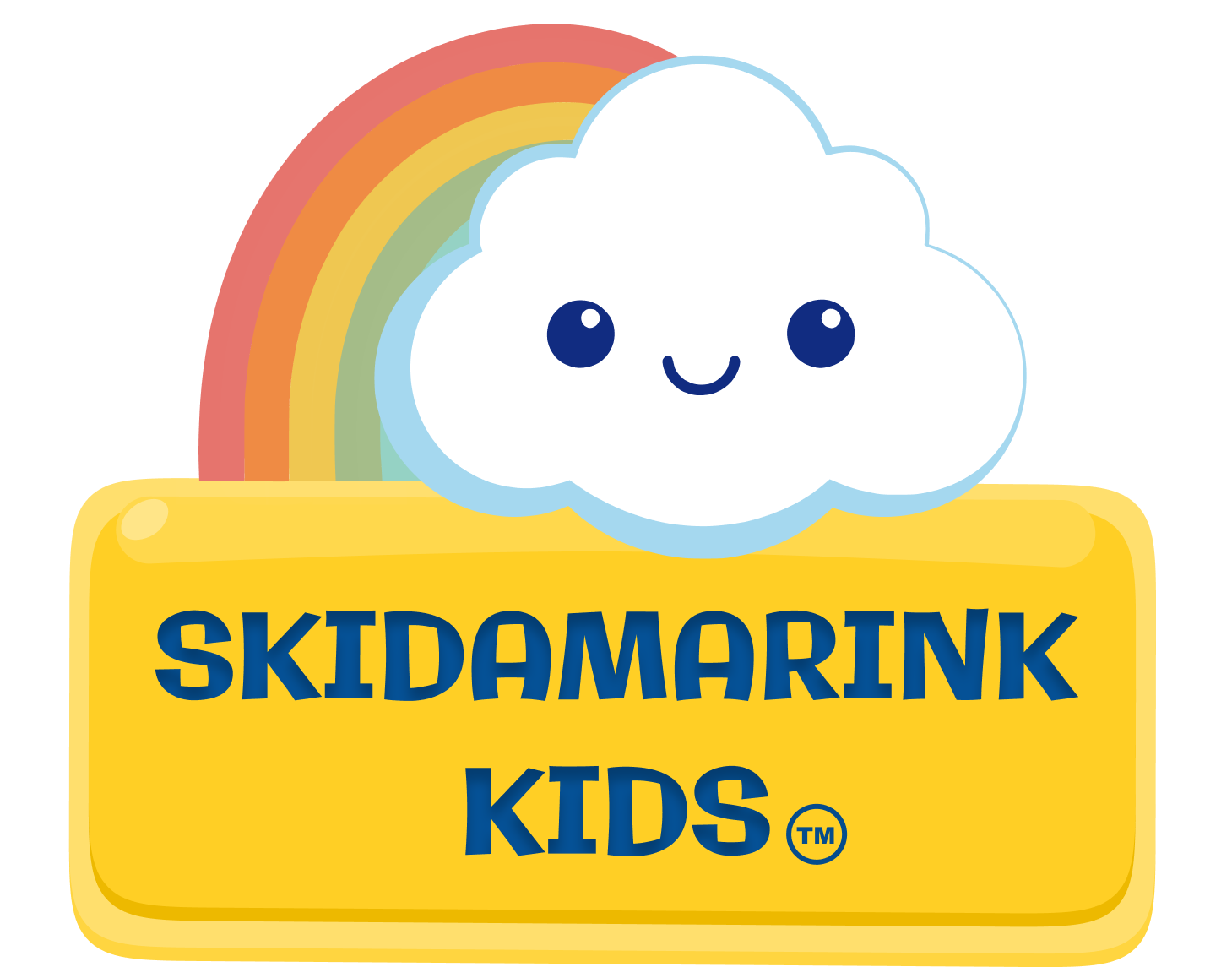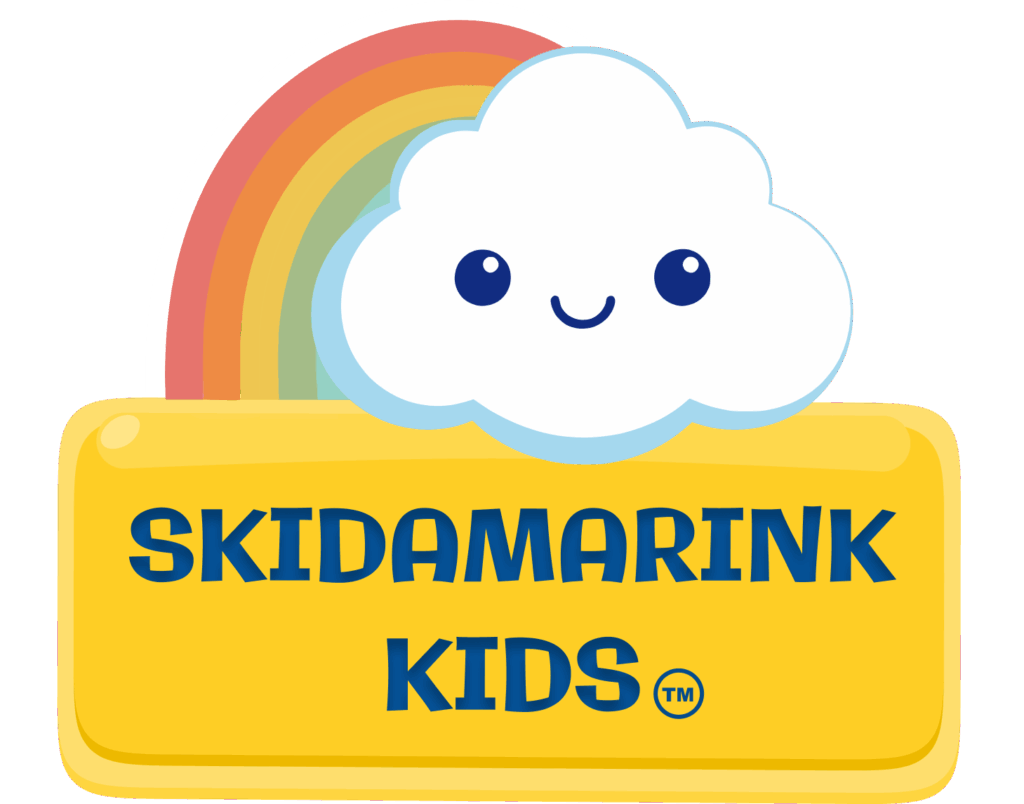Creating a positive relationship between your child and food starts with implementing gentle mealtime tips during family meals. When we remove mealtime stress and power struggles, children are more likely to develop healthy eating habits that last a lifetime. These approaches honor your child’s growing independence while providing the structure they need to thrive.
Creating a Positive Mealtime Environment
Create a Calm Atmosphere
Try to keep the mealtime environment relaxed and unhurried. Avoid rushing through meals or using them as a time to discuss stressful topics. Children associate eating with positive, comforting feelings when the atmosphere stays peaceful. A calm table makes it easier to implement gentle mealtime tips for toddlers successfully.
Stick to a Routine
Consistent mealtimes can create a sense of security for children. When they know what to expect, they’re more likely to feel comfortable and willing to try different foods. A predictable family mealtime routine helps children develop healthy expectations around eating.
Limit Distractions
Turn off screens and put away toys during meals so that your child can focus on eating and connecting with the family. This mindful approach helps children tune into their hunger and fullness cues naturally.
Healthy Eating Habits for Kids: A Gentle Approach
Encourage Exploration
Let your child touch, smell, and explore new foods without pressure to eat them. Sometimes, just playing with a piece of broccoli or smelling a new dish is a step toward tasting it. These gentle mealtime tips for toddlers acknowledge that learning to eat new foods is a sensory experience.
Avoid Bribing or Forcing
Try not to push your child to take “one more bite” or finish their plate. Instead, trust that they will eat enough for their body’s needs when allowed to listen to their own hunger and fullness signals. Pressure often backfires and creates negative associations with food.

Model Positive Eating
Children learn by watching you. Eat a variety of healthy foods yourself and talk positively about them. When your toddler sees you enjoying vegetables or trying new foods, they’re more likely to want to do the same.
Transform Chaos Into Calm. Build the Neurological Foundation for Happy, Capable, Self-Regulated Kids.
Struggling with mealtime battles and refusals? The Tantrum Tamer App gives you the tools to make mealtimes less stressful for everyone.
Make mealtimes easier:
- Transition Tools – Use preset voice prompts and silly phrases to help your child come to the table without resistance
- First…Then Helper – “First come to dinner, Then playtime after” makes cooperation easier with visual and voice support
- All Done Timer – Give advance warning when playtime is ending: “Do you want 1 or 2 more minutes before dinner?”
- Breathing Animations – Calm yourself (and your child) before mealtime meltdowns escalate
- Parent Tips – Learn why mealtime behaviors happen and how to respond in ways that teach rather than punish
No more guessing what to say. Preset phrases take the stress out of getting kids to the table—helping you stay calm and defuse meltdowns before they start.
Download the Tantrum Tamer App today to start making peaceful mealtime memories.
Building Connection at the Table
Make Mealtimes Social
Celebrate your child’s willingness to try new things or participate, even if they don’t eat much. Say things like, “I love how you tried that new food!” rather than focusing on whether they ate enough.
Show Understanding
If your child says they’re not hungry or doesn’t want to eat, acknowledge their feelings calmly. Say, “That’s okay, you can listen to your body,” and let them know when the next meal or snack will be. This validates their autonomy.
Offer Choices Within Limits
Present choices that guide your child but give them a sense of control. For instance, “Would you like carrots or cucumbers?” helps them make decisions but ensures they’re still choosing healthy options.
Practical Gentle Mealtime Tips for Toddlers

Serve Family-Style Meals
Put food in serving dishes on the table and let your toddler serve themselves (with help if needed). This gives them control over what goes on their plate and how much. Children are more likely to eat when they feel they have a say.
Accept Food Preferences
It’s normal for kids to go through phases of liking and disliking certain foods. Continue offering a variety of foods without making a big deal out of what they do or don’t eat. Repeated exposure without pressure is one of the most effective strategies for expanding food acceptance.
Keep Portions Small
Start with small amounts of food on their plate. This prevents overwhelming them and reduces food waste. You can always offer more if they’re still hungry. Small portions feel more manageable to toddlers.
Maintain Consistent Meal and Snack Times
Offer meals and snacks at regular intervals (typically every 2 to 3 hours). This helps establish hunger patterns and prevents constant grazing, which can interfere with appetite at mealtimes.
Trust Your Child's Appetite
Some days your toddler will eat more, other days less. This is completely normal! Their appetite naturally varies based on growth, activity level, and many other factors. Trust their body to regulate intake over time.
Building Long-term Healthy Relationships with Food
These gentle mealtime tips for toddlers can help make mealtimes a nurturing, low-stress experience that supports your child’s healthy relationship with food. Remember, when parents and children each understand their role in mealtimes, it helps build a positive connection with eating.
Implementing consistent gentle strategies creates a foundation for lifelong healthy eating habits. With time and trust, children learn to follow their own hunger and fullness cues and develop a positive relationship with food that will serve them throughout their lives.
The most valuable gift we can give our children is not perfectly balanced nutrition at every meal, but rather the tools to develop a peaceful, positive relationship with food. By creating a supportive environment where eating is enjoyable rather than stressful, you’re setting your child up for success both at the table and beyond.
Want to learn more about this approach to helping your child develop healthy eating habits?
Check out our companion blog, Reduce Mealtime Battles: Division of Responsibility Guide to learn how create peaceful family meals and healthy eating habits for life or our blog Toddler Feeding Challenges: When to Get Professional Help to know when to seek support for feeding concerns.
For Resource and to learn more about The Division of Responsibility Approach to feeding, check out this book: Secrets of Feeding a Healthy Family: How to Eat, How to Raise Good Eaters, How to Cook by Ellyn Satter M.S. R.D. L.C.S.W. B.C.D
– Ali
Note to Parents
This blog is for informational purposes and not medical advice. My desire is to help you do what you can to support your child’s development in a natural way. Please reach out to your child’s pediatrician if you have developmental concerns.








